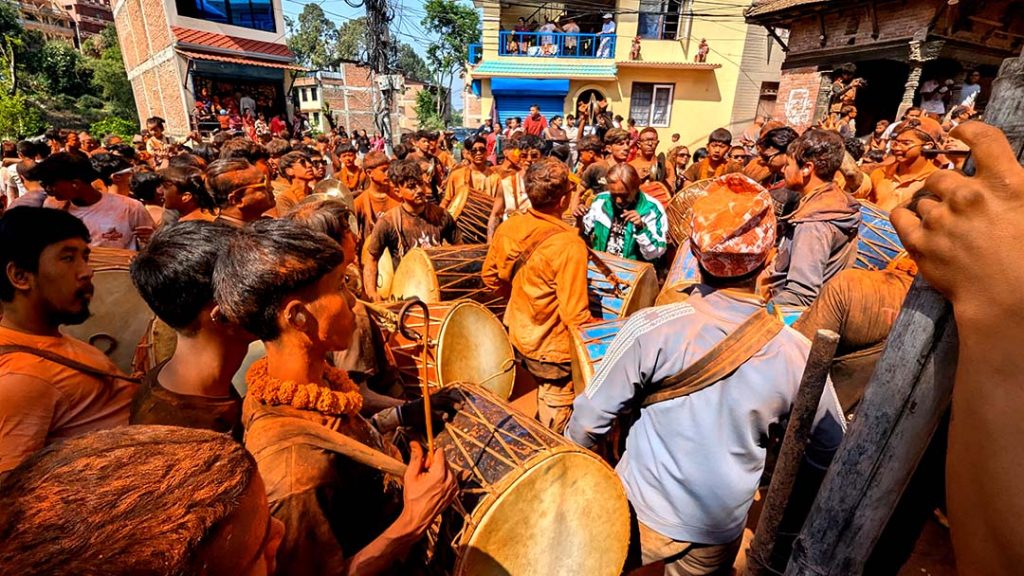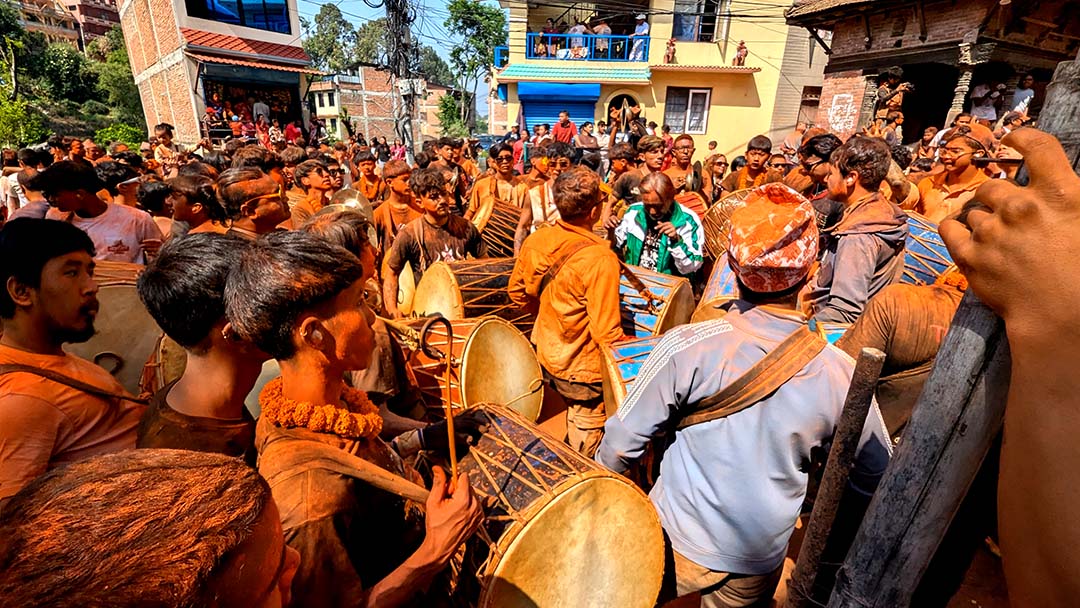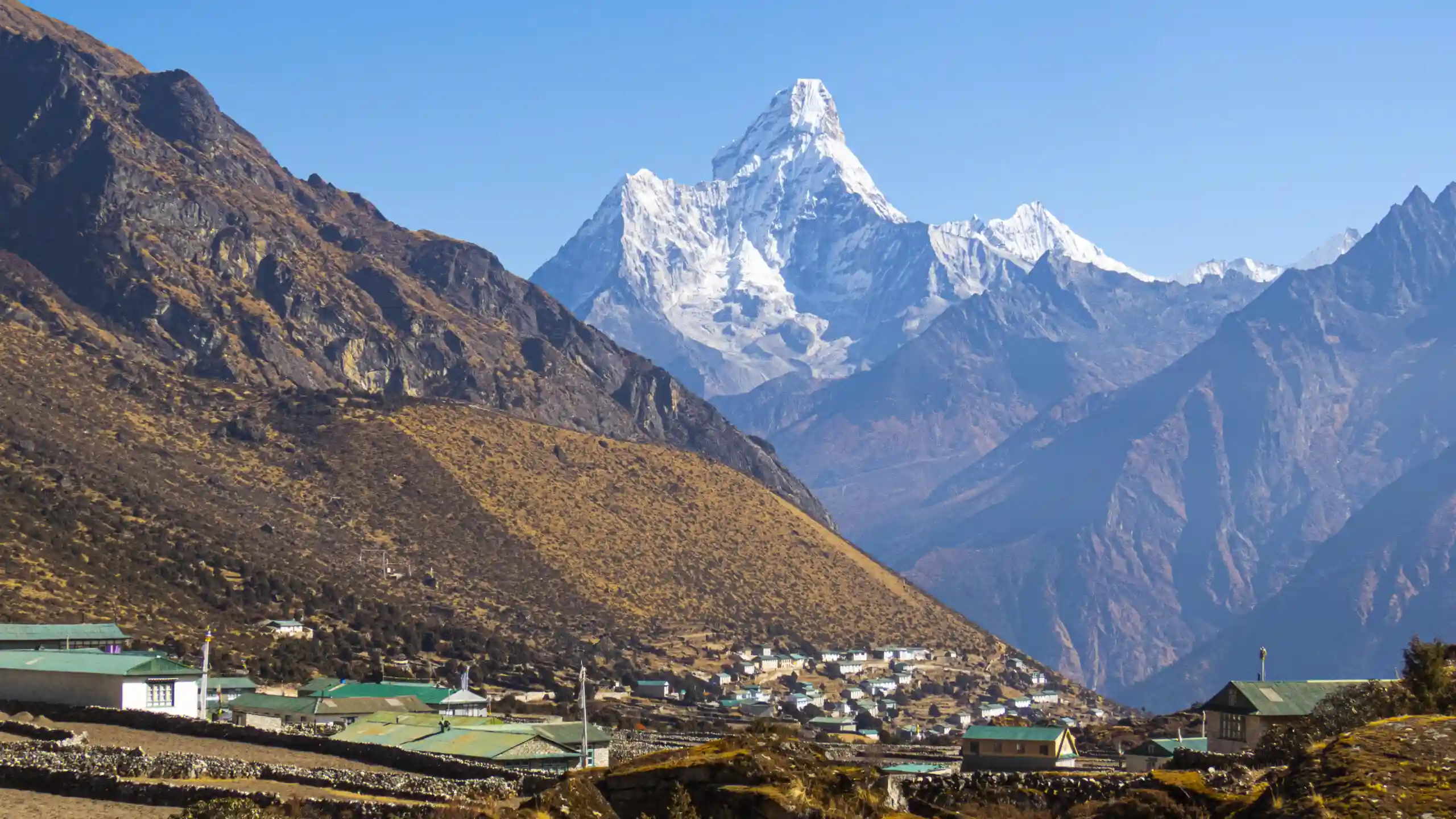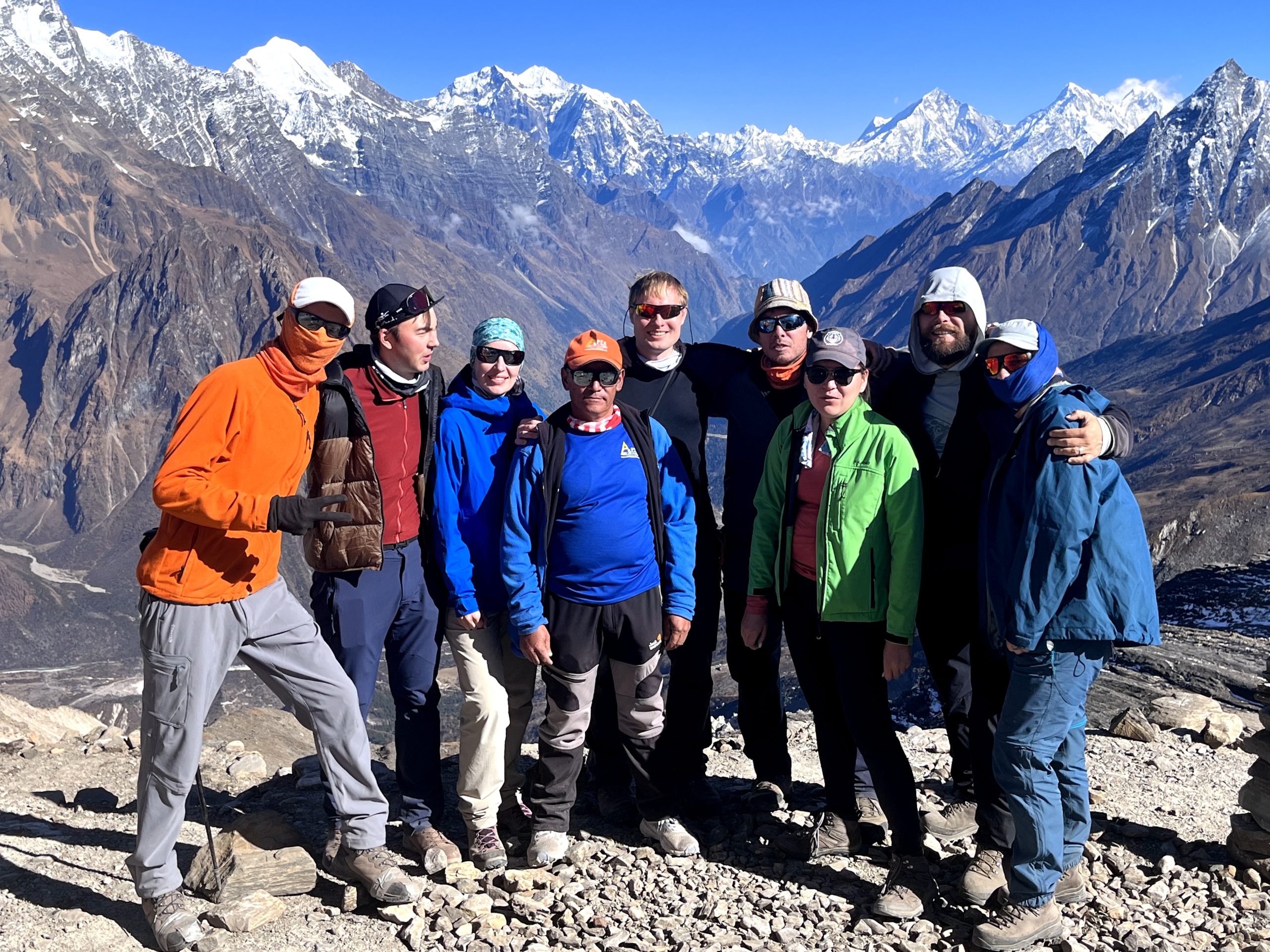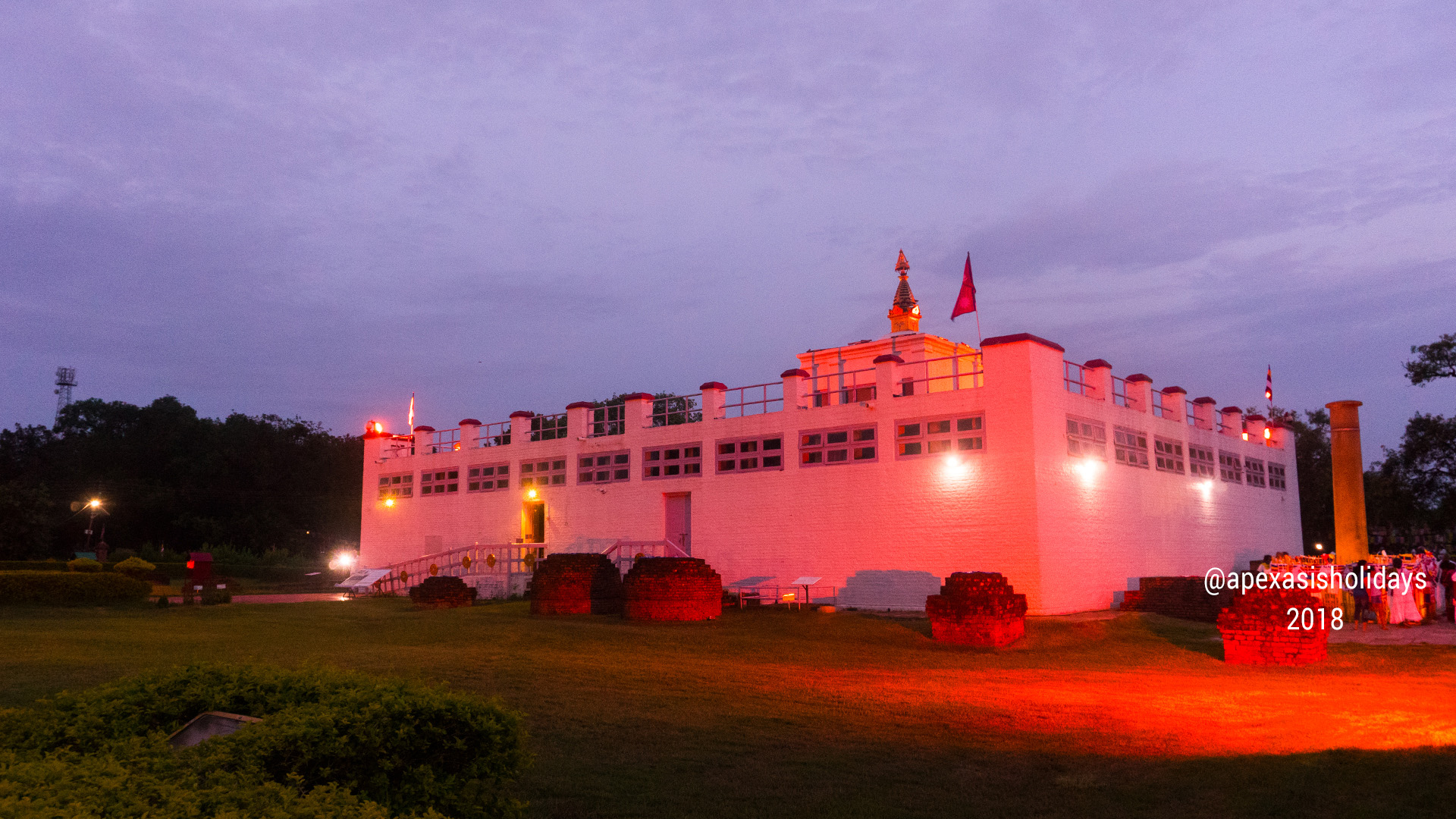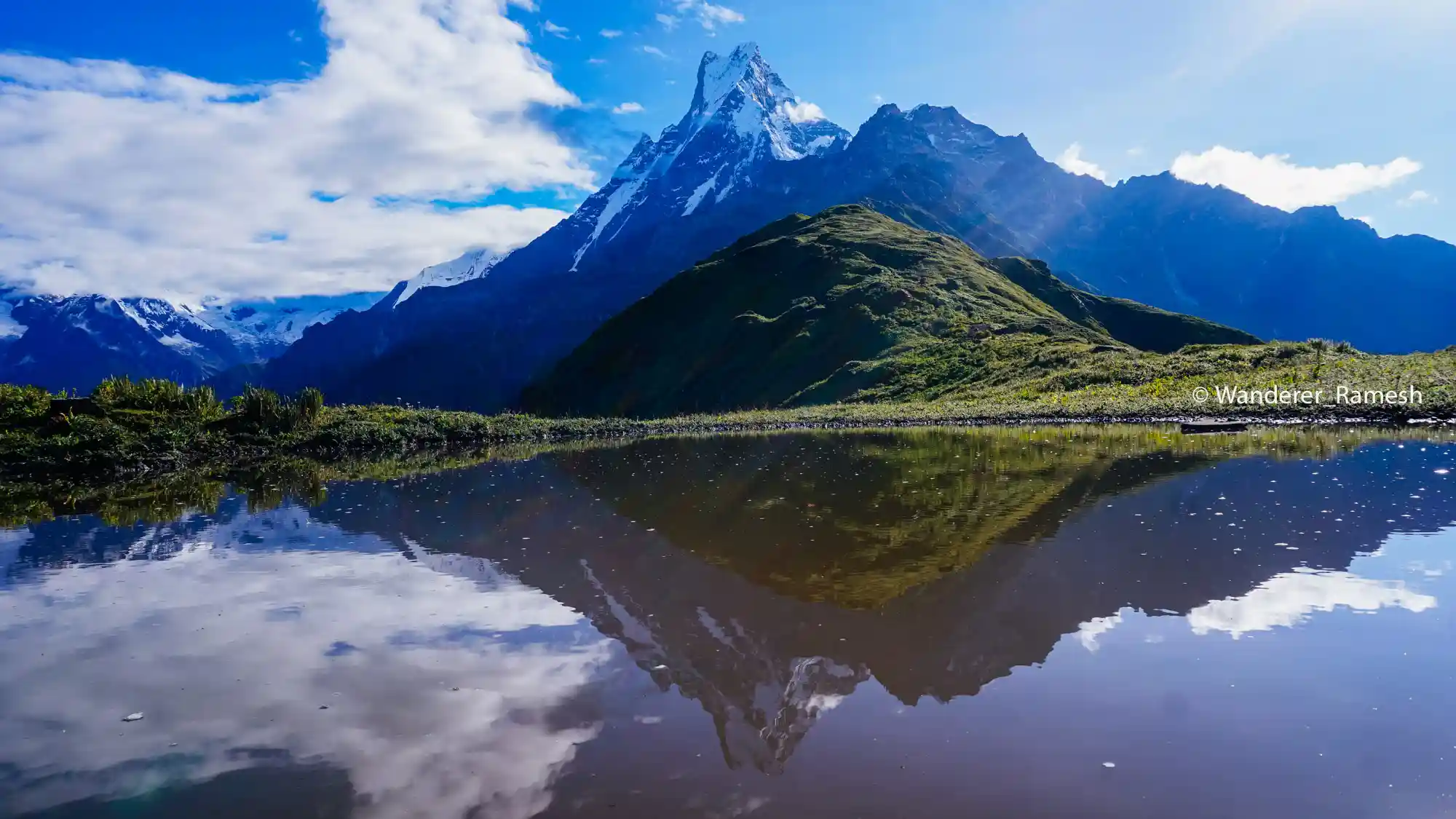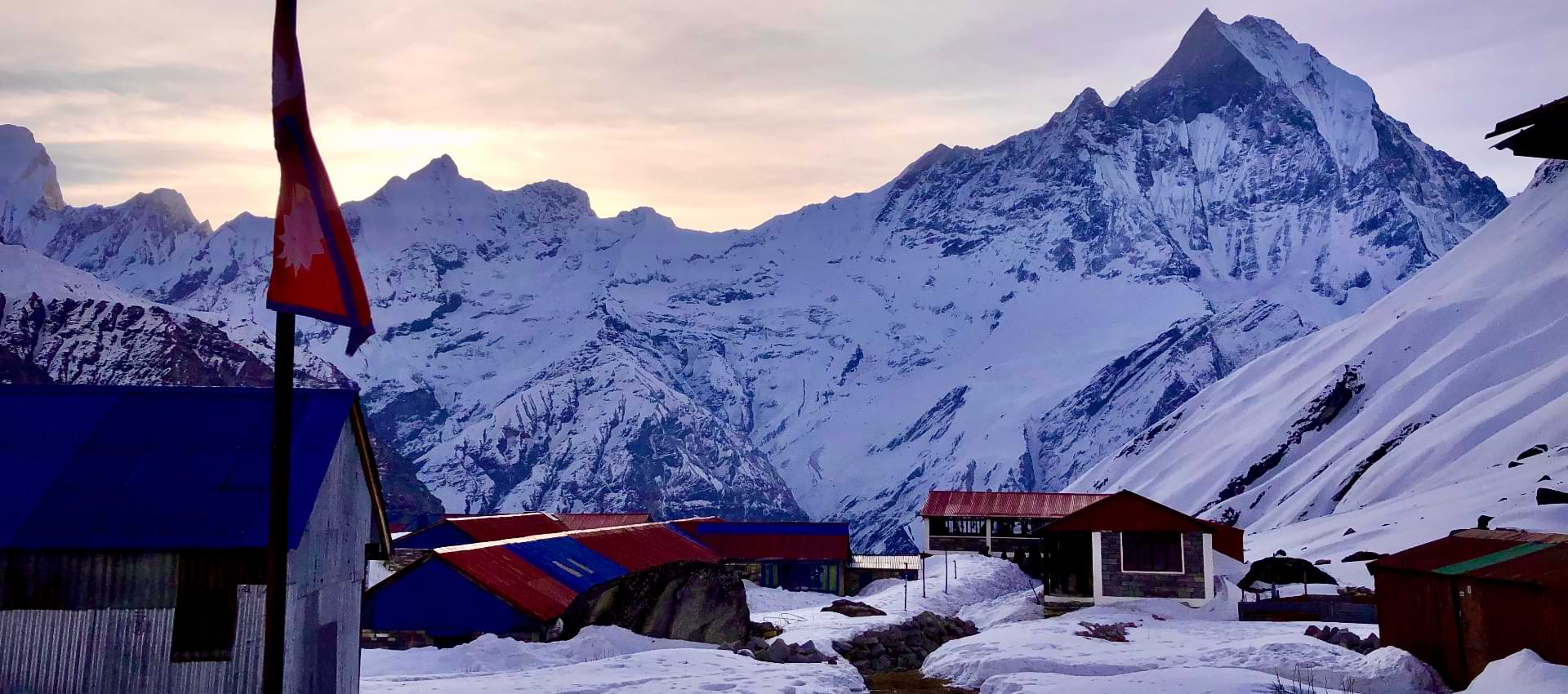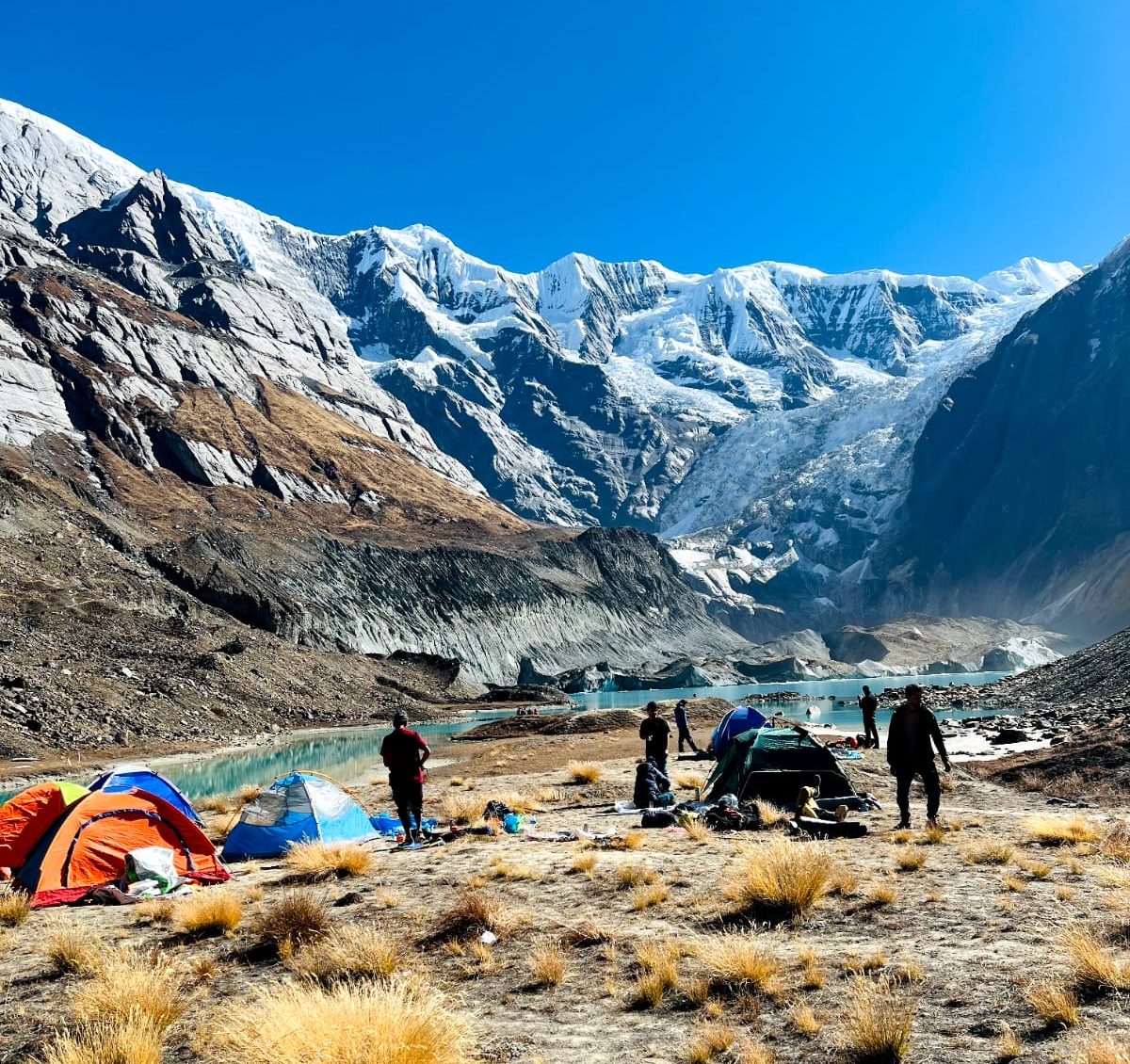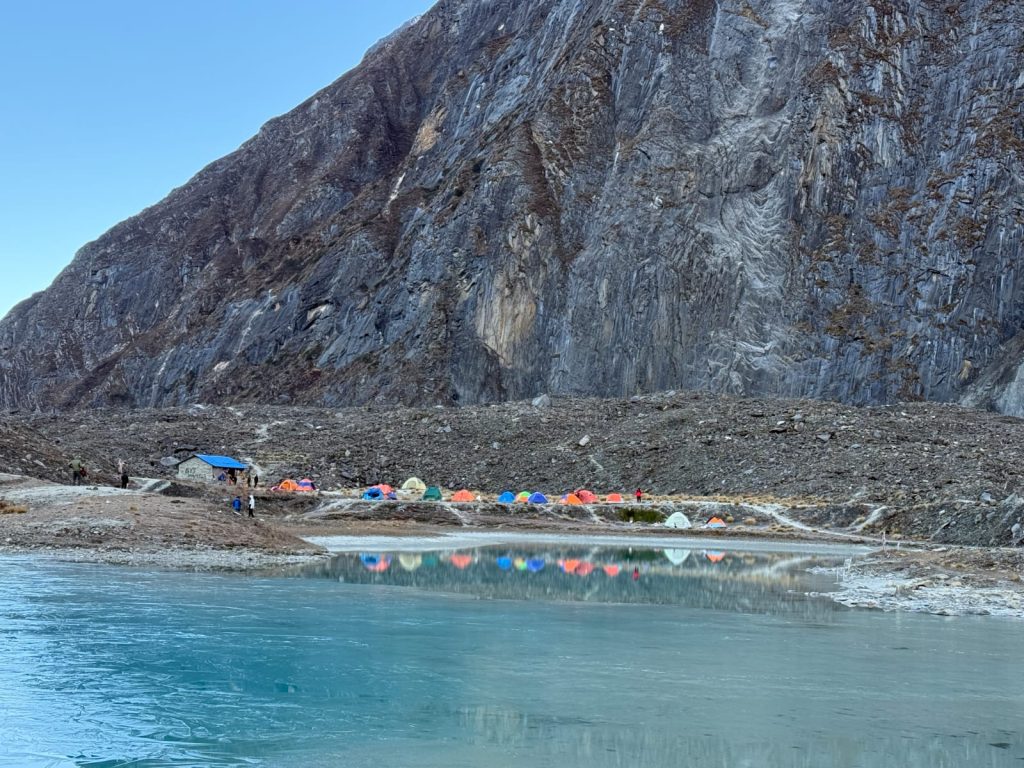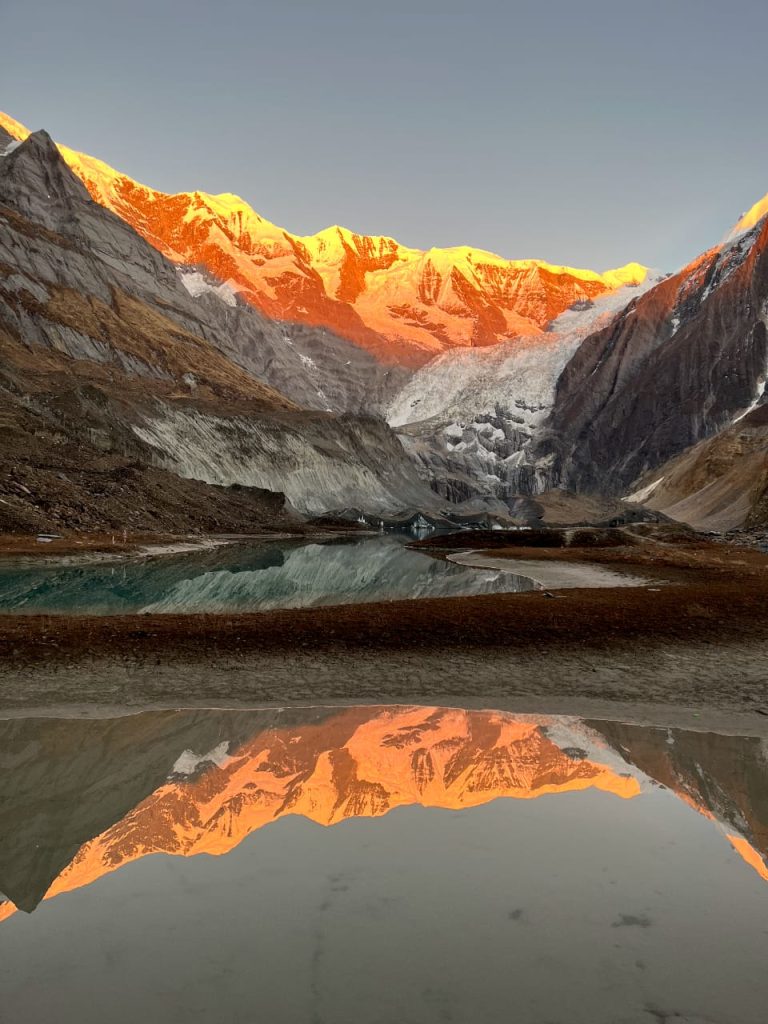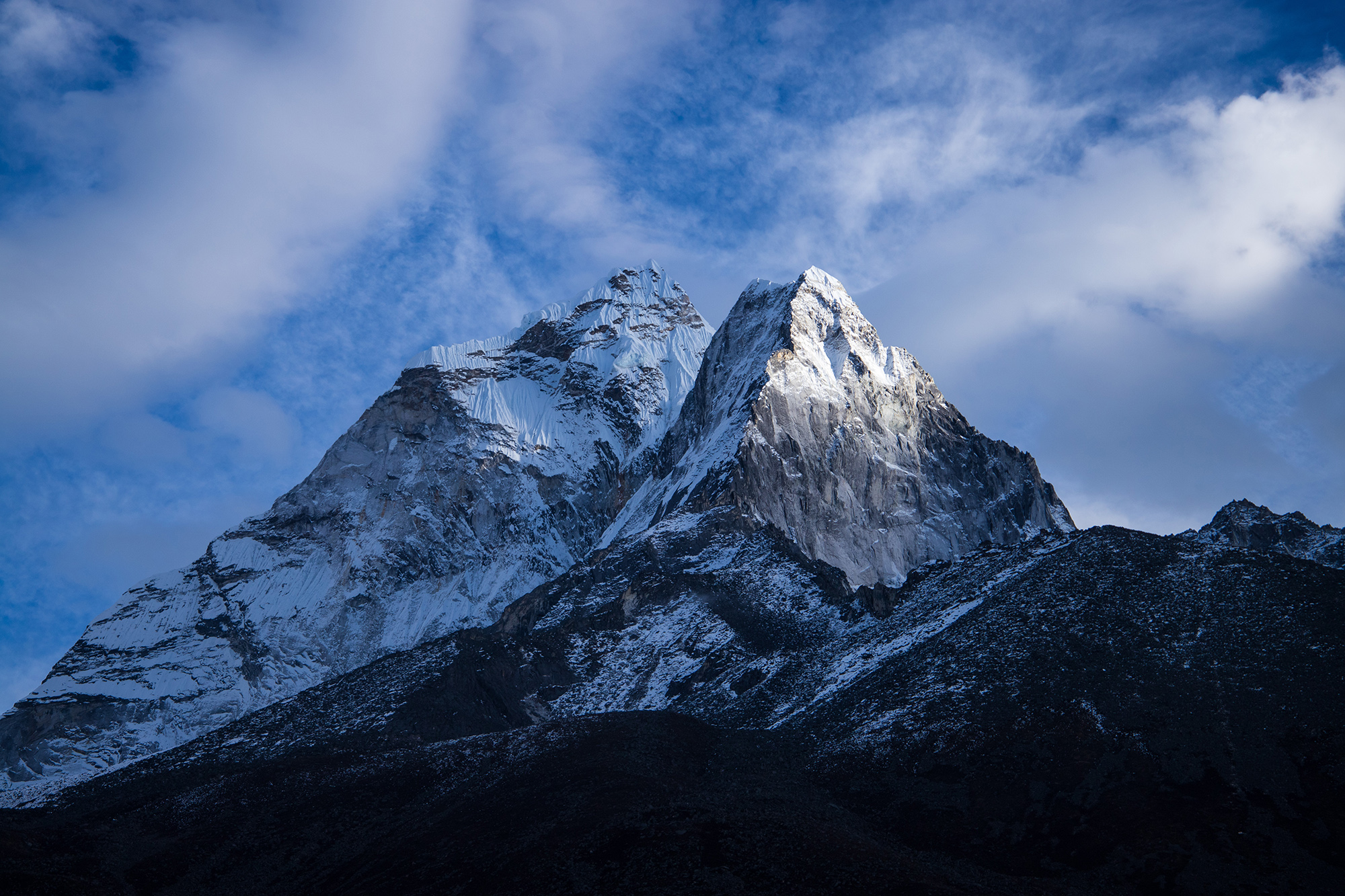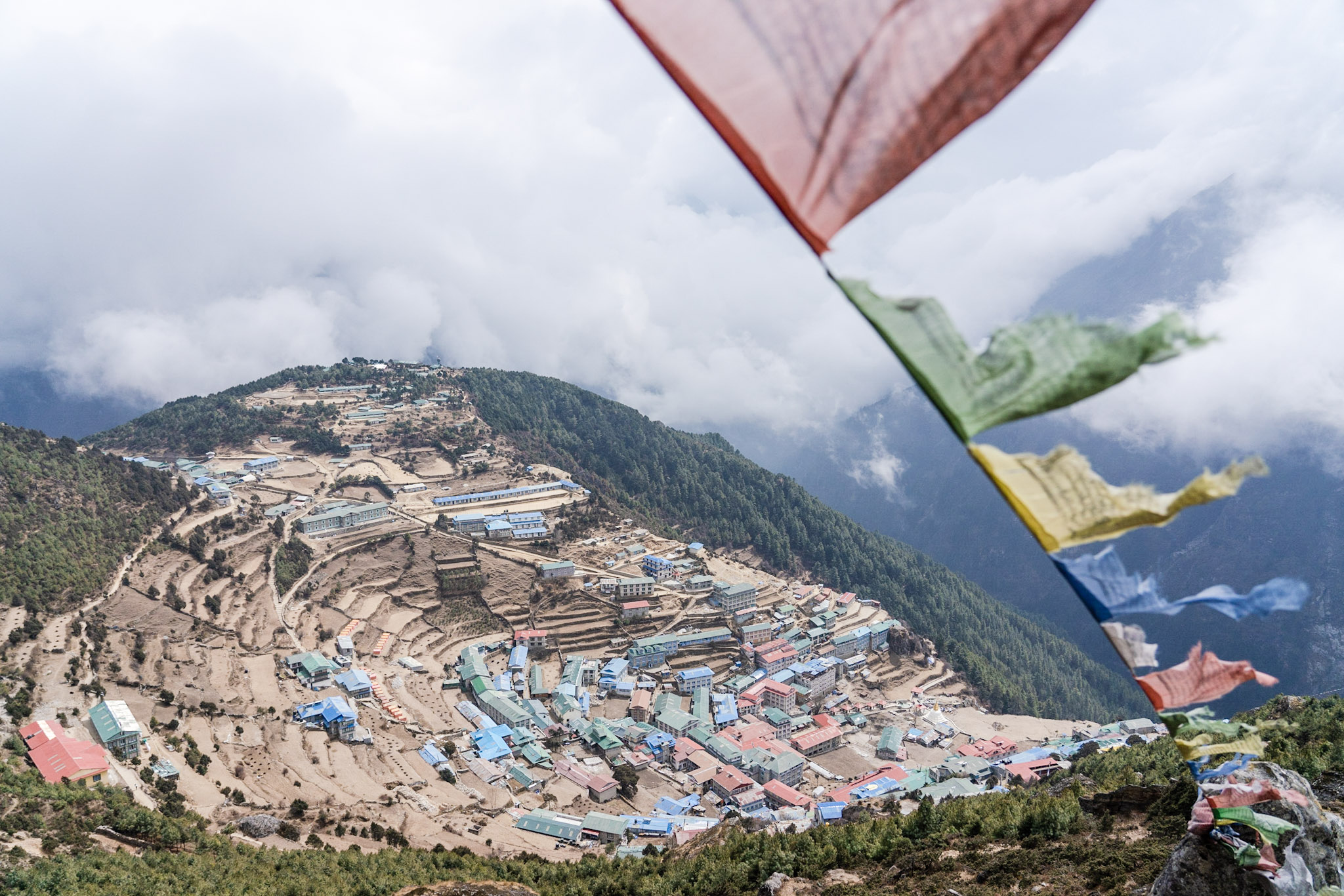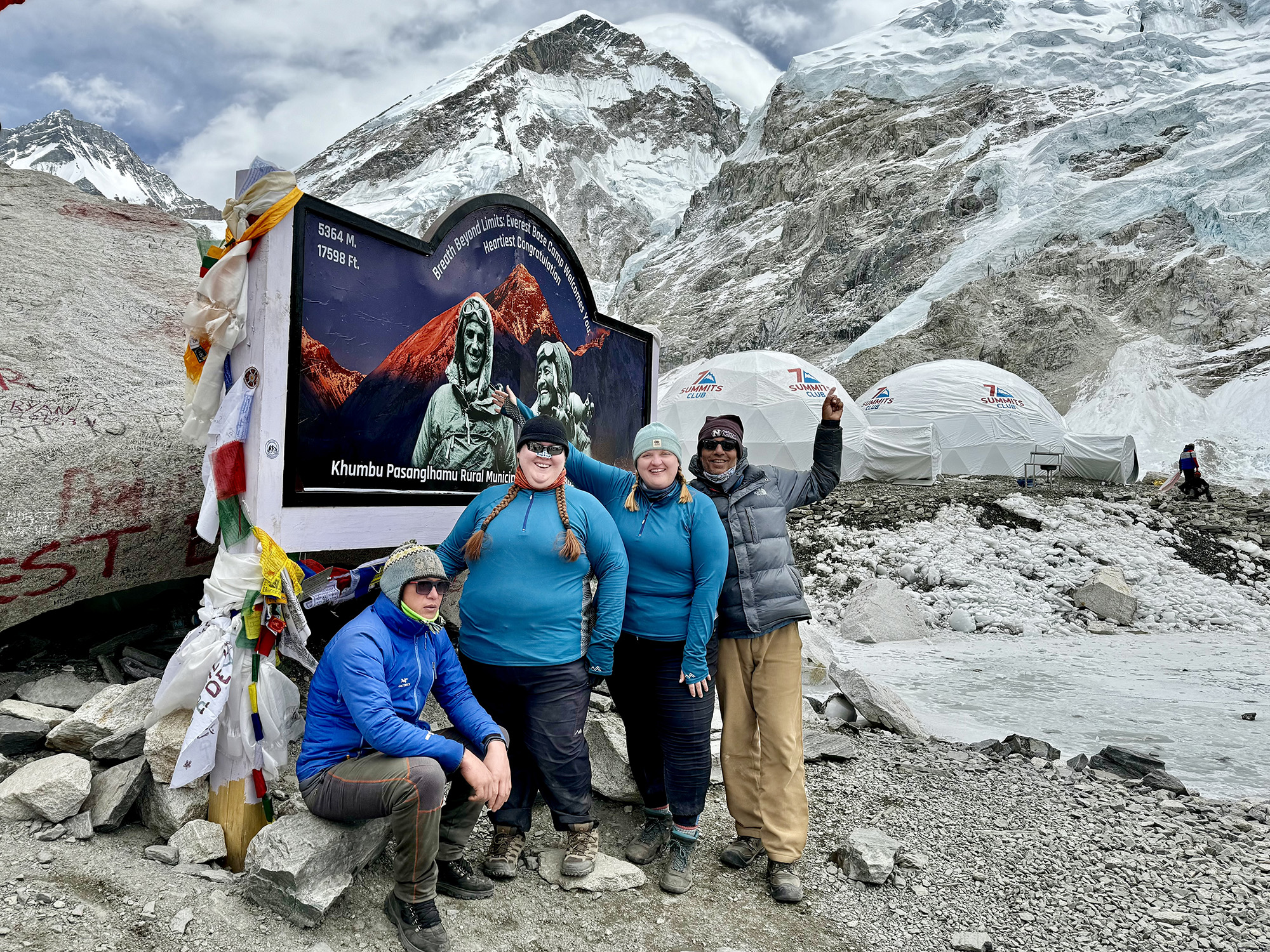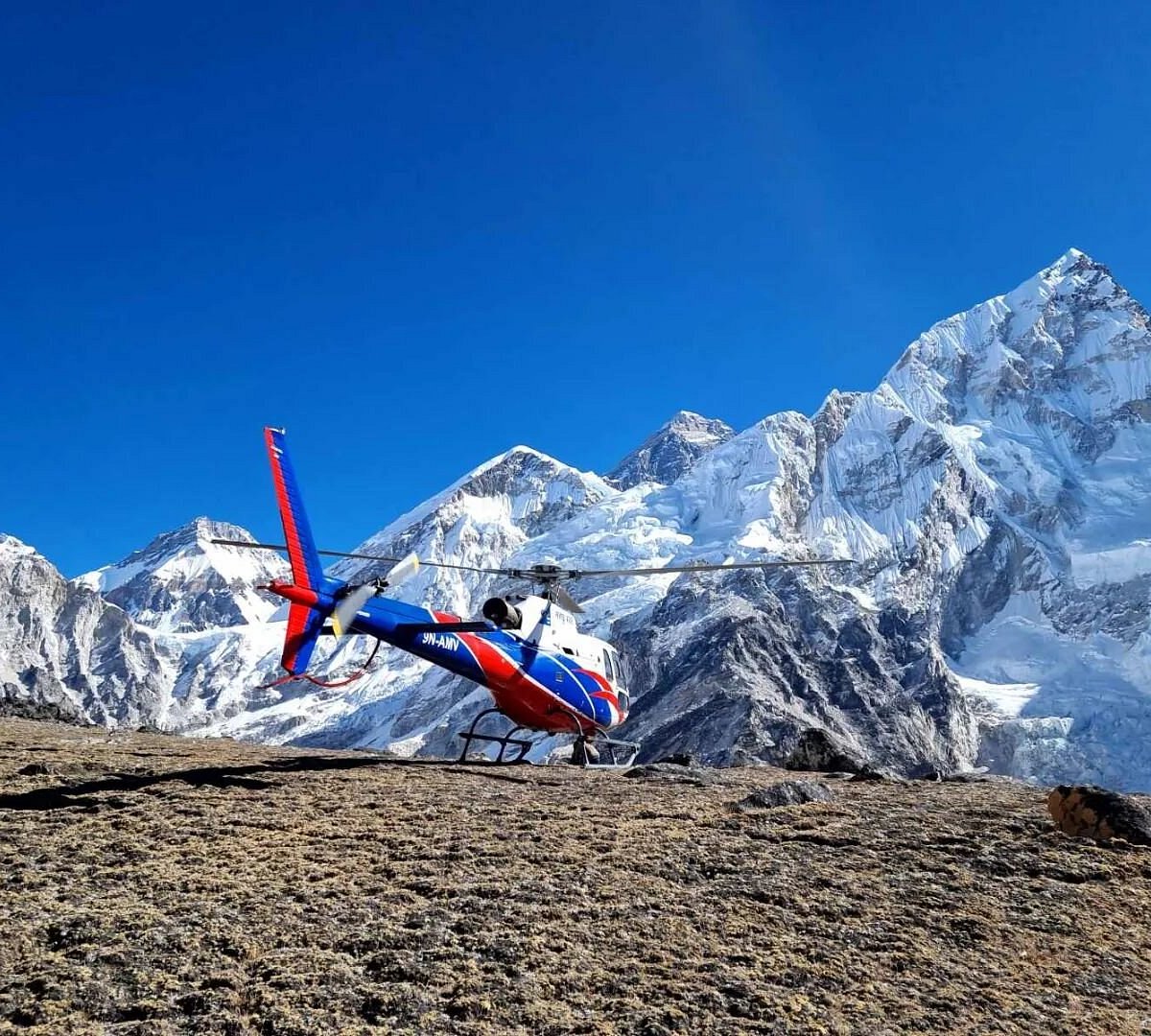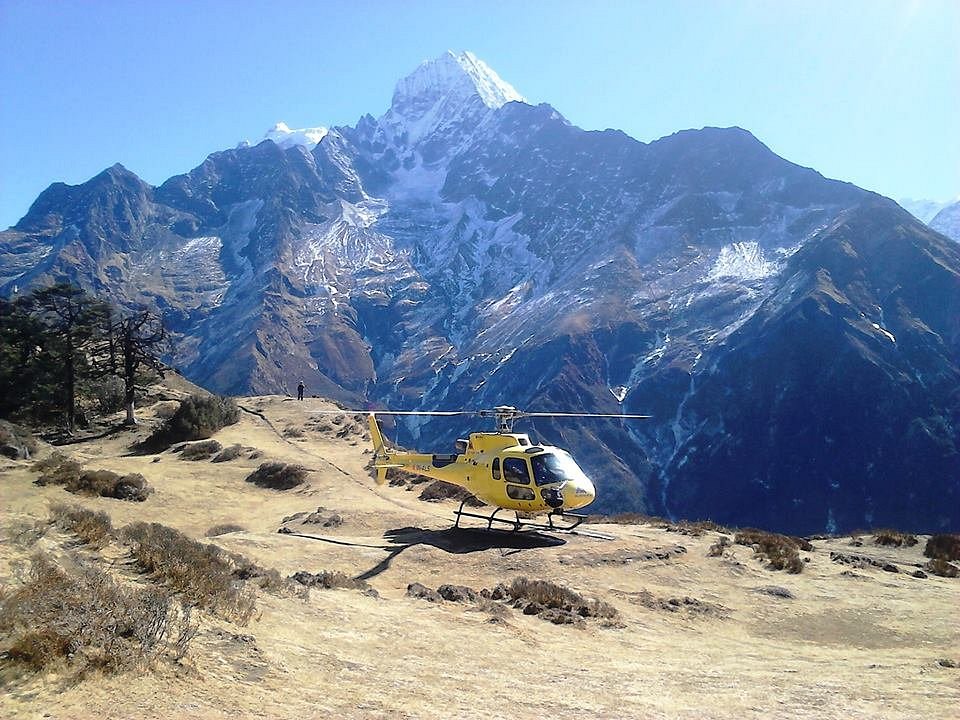Bisket Jatra and Sindur Jatra are two of the most exhilarating and culturally rich festivals celebrated in the Kathmandu Valley, Nepal. For travelers seeking an authentic and unforgettable experience, witnessing these back-to-back celebrations offers a deep dive into Nepali traditions, vibrant colors, and ancient rituals.
Bisket Jatra: Witness the Thrilling Chariot Processions
Bisket Jatra, primarily celebrated in Bhaktapur, but also with unique observances in Thimi and Bode, marks the end of the Nepali solar calendar and the dawn of the New Year. The name itself, “Bisket,” signifies the “killing of the serpent,” rooted in a fascinating legend of vanquishing serpent kings.
The highlight of Bisket Jatra in Bhaktapur is the dramatic procession of massive wooden chariots carrying the revered idols of the god Bhairava and goddess Bhadrakali. Hundreds of enthusiastic devotees engage in a thrilling tug-of-war, pulling these towering structures through the narrow, winding streets. The sheer energy and devotion on display are truly captivating.
A central ritual of the Bhaktapur Bisket Jatra is the erection and subsequent lowering of a tall wooden pole, the lingo, at Pottery Square. This symbolic act represents the triumph over evil and the welcoming of a prosperous New Year.
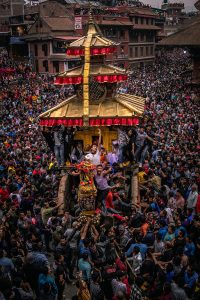

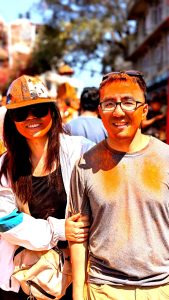
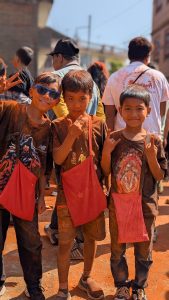
Sindur Jatra: A Riot of Colors and Joyful Celebrations
Seamlessly blending with the Bisket Jatra festivities, particularly in Thimi, is the vibrant Sindur Jatra. “Sindur” refers to the auspicious red vermillion powder, and this festival transforms the streets into a breathtaking spectacle of crimson.
Imagine throngs of joyous locals, their faces and clothing completely saturated in vibrant red. The air buzzes with laughter, traditional Newari music, and the rhythmic beat of drums. Deities from various local shrines are carried through the town in ornate palanquins, with devotees offering prayers and showering each other – and the deities – with the auspicious sindur.
Sindur Jatra is an explosion of communal joy and celebration. It’s a time to shed worries, embrace the festive spirit, and revel in the vibrant hues believed to bring good fortune, health, and prosperity for the coming year.
Planning Your Trip to Experience Bisket Jatra and Sindur Jatra:
- Timing is Crucial: Bisket Jatra and Sindur Jatra typically occur in mid-April, coinciding with the Nepali New Year. Be sure to check the precise dates each year as they follow the lunar calendar.
- Key Locations: To witness the grand chariot processions of Bisket Jatra, head to Bhaktapur. For the most immersive Sindur Jatra experience, Thimi is the place to be.
- Prepare for Crowds: These popular festivals draw large numbers of people. Be prepared for crowded streets and navigate with patience.
- Dress Comfortably: Opt for comfortable clothing that you won’t mind getting stained with sindur if you plan to participate actively in Sindur Jatra.
- Respect Local Traditions: Observe the rituals with respect and seek permission before taking close-up photographs.
- Stay Hydrated: April in Nepal can be warm. Carry water to stay hydrated.
- Embrace the Energy: The atmosphere of both Bisket Jatra and Sindur Jatra is vibrant and energetic. Immerse yourself in the experience and enjoy the unique cultural spectacle.
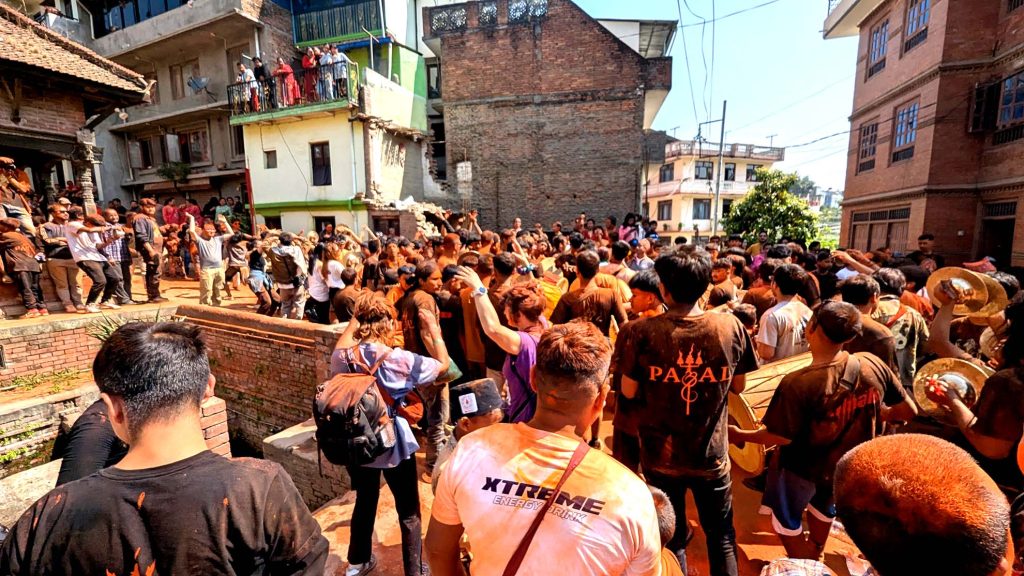
Why Bisket Jatra and Sindur Jatra are a Must-See:
Experiencing Bisket Jatra and Sindur Jatra offers a unique window into the rich cultural tapestry of Nepal. These festivals are not just visual spectacles; they are living traditions that connect communities, celebrate ancient myths, and welcome the new year with unparalleled enthusiasm. For travelers seeking an authentic and exhilarating cultural adventure, the vibrant chaos and deep-rooted traditions of Bisket Jatra and Sindur Jatra are an absolute must-see. Plan your trip and prepare to be captivated by the heart and soul of Nepal.
